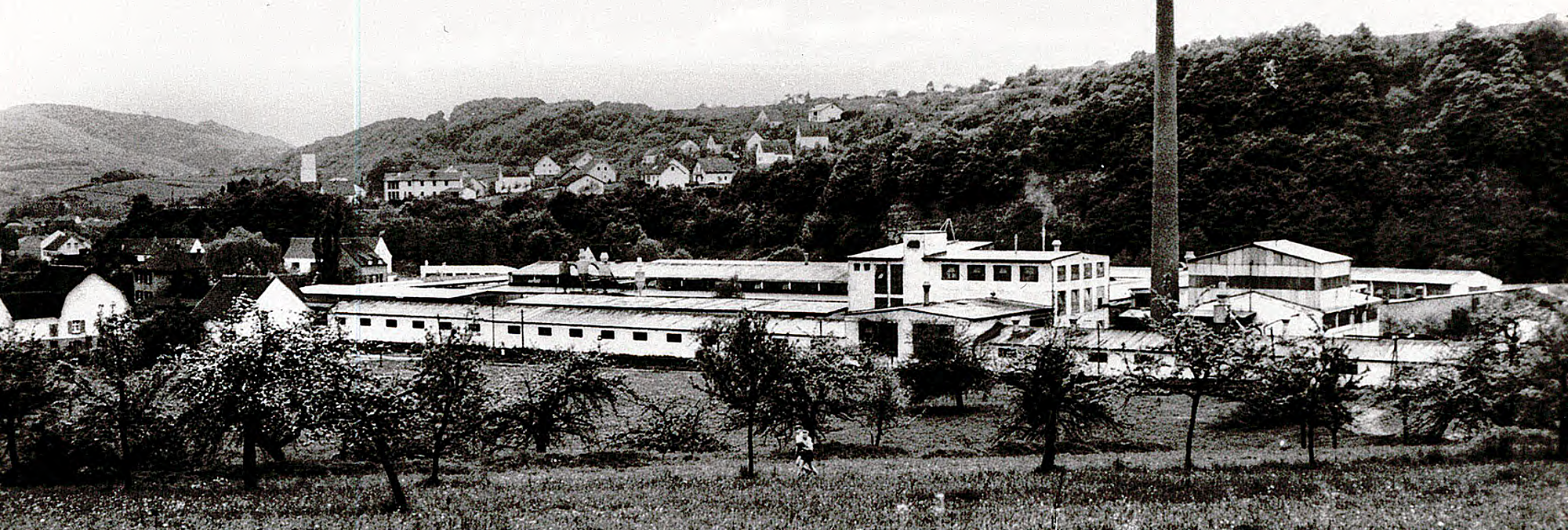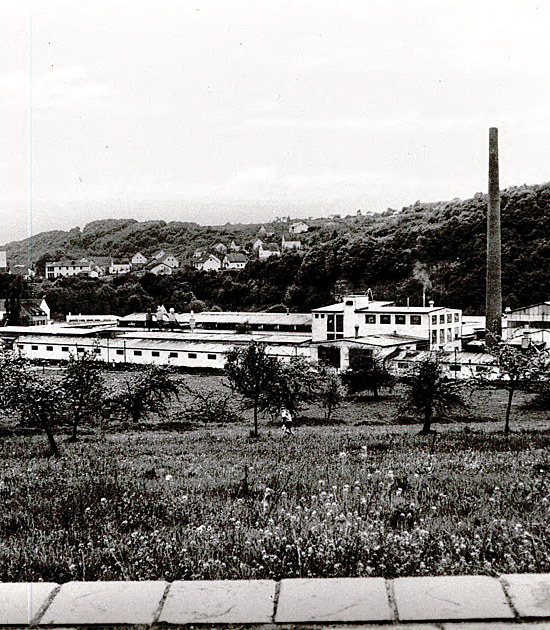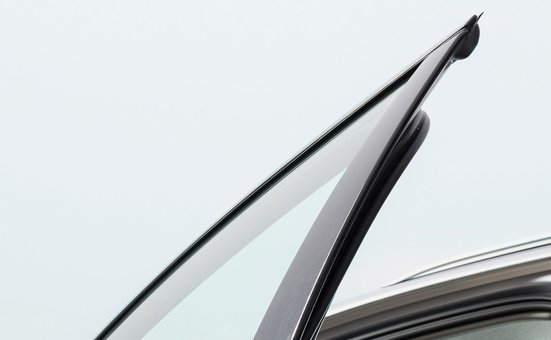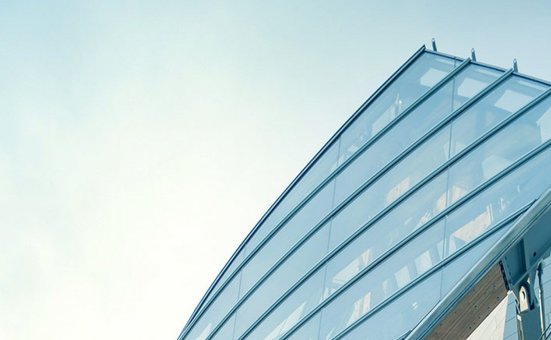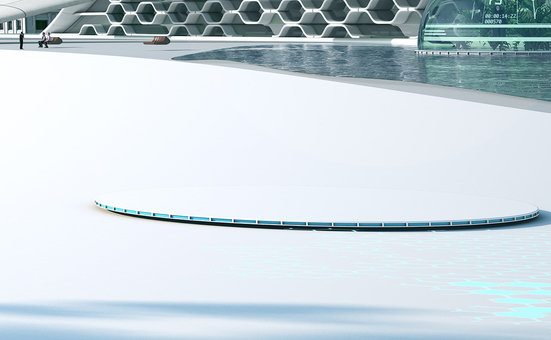The founding year 1947
In 1947, Büschfeld was a small town in the northern Saarland with a population of 1,300. The region had very little industry until after World War II. People mostly found employment in the Saarland’s metalworking and mining hubs, often involving long commutes.
But the powers that were ultimately decided to promote start-ups in the rural region. This is how a rubber processing company came into being in the municipality of Wadern – SaarGummi.
The official founding was effected by a contract dated June 23, 1947, between Hellmuth Lemm from Gusterath near Trier and the entrepreneur Paul Vogt from Berlin.
The years 1948-1963
According to a trade register entry on February 28, 1948, the company started production as “SaarGummiwerk, Hellmuth Lemm GmbH”. The company’s purpose at the time was stated as the “manufacture of all kinds of rubber articles, as well as repairing, retreading and trading in car tires”.
Just one year after the company’s founding, Hellmuth Lemm decided to retire from its management in June 1948, and sold his shares to the spouses Hedwig and Paul Vogt. The company was renamed “Saar-Gummiwerk GmbH” on February 15, 1949, by entry in the commercial register. The tire retreading operation was modernized, and the product range expanded to include pressed items such as V-belts.
Tire retreading remained the commercial mainstay until 1953. But as the retreading business began to decline with the onset of the economic upswing and attendant growth in the new tire business, this segment was abandoned in 1954 and the company began manufacturing shoe soles, flooring and molded parts.
At that point in time, the key customers for soles were the large Bata shoe factories in France and the French Economic Union (Algeria, Morocco), which kept the presses running at full capacity for the following years.
1955, the introduction of the new production process of “extrusion” in the automotive industry laid the foundation for the company’s main business of today.
At the time of the Saarland’s reincorporation into the Federal Republic of Germany on July 6, 1959, the “Saargummiwerk” was Germany’s largest soling sheet manufacturer, with 543 workers and 90 office staff.
Before 1959, the company’s sales activities had mainly been focused on the Saarland and neighboring France, given the political circumstances. The reunification then made the Saarland a customs territory for existing customers in France. Although the “Saar Treaty” continued to considerably ease imports and exports between the Saarland and France, SaarGummi now also had to establish itself on the West German market to write its future success story.
The company was slow to establish itself on the German market, however. The competition with long-established German companies faced SaarGummi with major challenges. Financial burdens grew and, although sales increased, SaarGummi had to contend with considerable difficulties in the years 1959-1963.
Given a lack of financing options and to secure the company’s continued existence, the Vogt spouses then decided to sell their shares in 1964.
Dawn of a new era: introducing Saarbergwerke AG in 1964
Saarbergwerke AG had been searching for ways of fighting the time’s downtrends in hard coal sales and earnings from as early as the beginning of the 1960s. Market research had shown that particularly strong growth was to be expected in the chemicals sector and downstream processing of its products. Which is why Saarbergwerke AG not only decided to set up own production facilities, but also invest in existing companies. One of the latter was SaarGummi.
This called for a speedy decision as an American company was also interested in SaarGummi. But the federal and state governments favored Saarbergwerke AG, not least of all to secure jobs. With effect from March 9, 1964, Saarbergwerke AG acquired 50 % of the Vogt shares to begin with.
SaarGummi - a Saarberg Group company
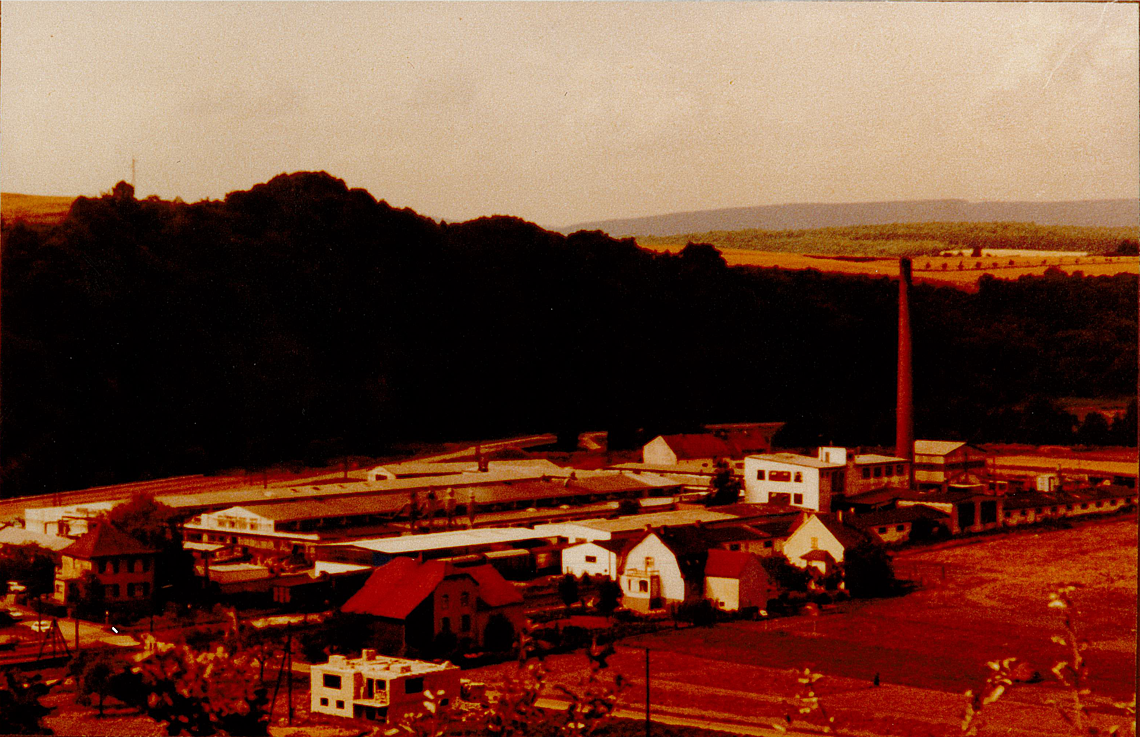
Saarberg’s capital injection in 1966 inter alia enabled the construction of new facilities such as an administration and social building as well as production halls. The production of roof sealing membranes and elastic sealants was launched.
On January 1, 1967, Saarberg also took over the remaining shares, making it sole shareholder of SaarGummiwerk GmbH.
From around 50 tons of rubber items per day in 1965, the daily production volume had already grown to about 80 tons by 1968.
1969 saw the decision to start producing construction profiles for windows, doors and facades.
SaarGummi in the 70s
In the beginning of the 1970s, SaarGummi succeeded in consolidating its market position. The keys to success were a consistent investment program and not least of all the specialization of the sales policy, true to the motto: not doing everything, but offering complete customer solutions. A concept that has proven itself to this day!
The focus at the time was on selling technical injection moldings to the automotive branch and sealing materials to the construction industry, but above all on the sale of soling sheets and vulcanizing materials for the footwear industry.
83% of all shoes manufactured in Germany were equipped with rubber soles in the early 1970s. This was primarily due to the fact that they could be processed at low cost. Other advantages were the large number of fashionable design options – and SaarGummi’s collection was also extremely diverse.
The soles from the northern Saarland were popular abroad as well - soling materials were exported to more than 70 countries around the world at the time. With an export ratio of 75 %, the main buyers were in Italy, the USA, England and Australia. Büschfeld now had 1,500 employees, including 600 women.
From the manufacture of soles in the early 1970s, the company’s main focus shifted to the production of rubber flooring as its most important mainstay in 1975. The seal production for the automotive industry considerably gained in importance at the same time, however.
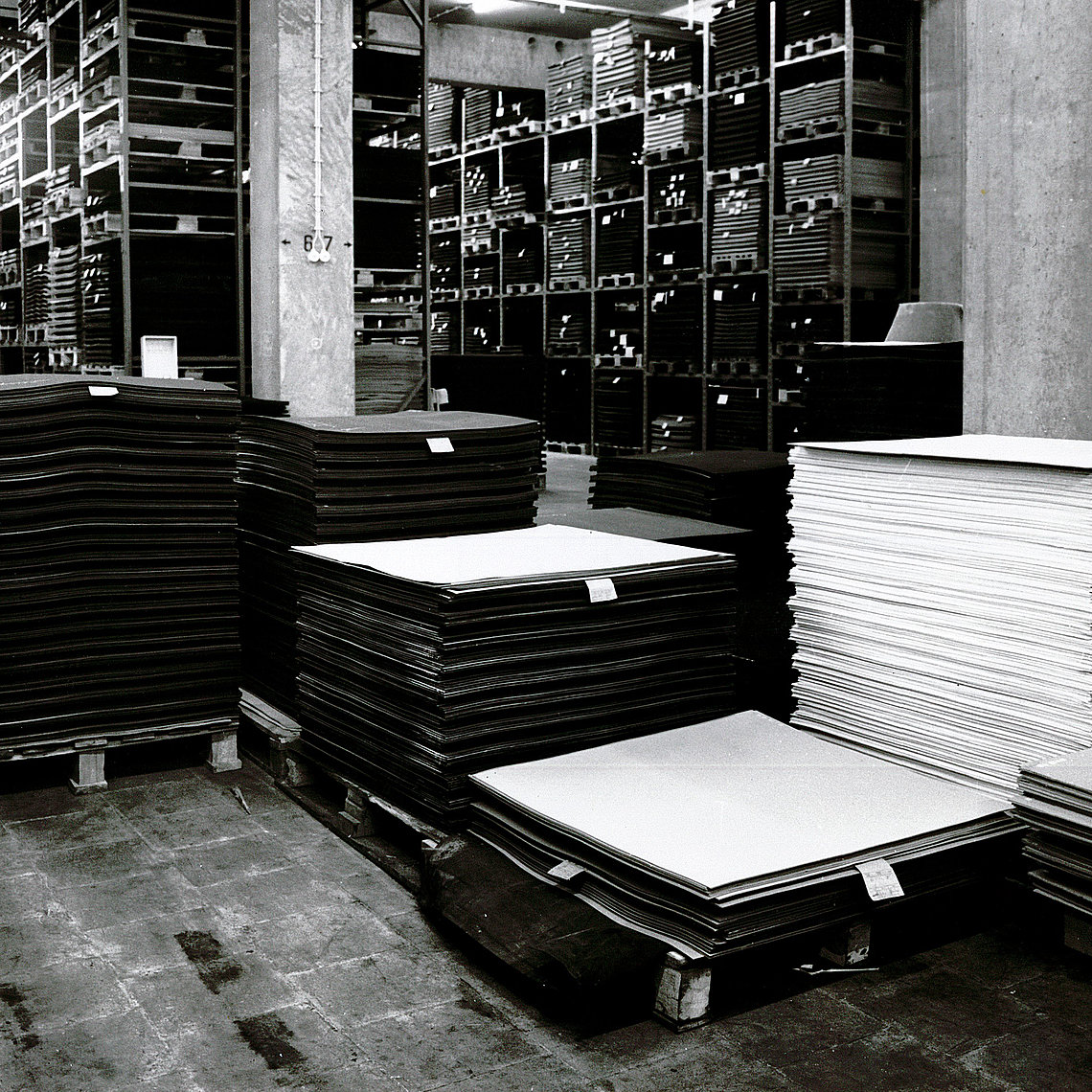
At the end of the 1970s, SaarGummi spent another 15 million DM on new buildings, especially a warehouse each for raw materials and finished goods, as well as an extension of the mixing plant. Around 1,400 employees worked here at the time, with 110 tons of rubber items produced a day in two- and sometimes three-shift operation, and ca. 20 % of the products exported.
But the recession did not leave Saar-Gummiwerk GmbH unscathed. Rising oil prices, their effect on the manufacturing costs, and a worldwide economic downturn forced the company to push the development of new “intelligent” products.
A turn to integrated solutions with a high level of technical know-how and to product specialization was at the forefront of the company philosophy at the time. And still is to this day...
SaarGummi on the way to international success
By the beginning of the 1980s, SaarGummi had grown into the region’s largest employer. Around 120-130 tons of rubber items were now manufactured per day in shifts.
One milestone in the company’s success was the development of the Thermofast® welding technology for sealing sheets and membranes in 1985.
The company celebrated its 40th anniversary in 1987. One of its strengths then - and today - was to adapt to customers’ needs quickly and effectively. The plant did not regard itself as a mere production facility even at that time, preferring to focus on the development of individual solutions in partnership with the customer.
SaarGummi ultimately started considering an internationalization of its “automotive” division to be able to offer customers the best possible “on-site” support.
To be continued...

